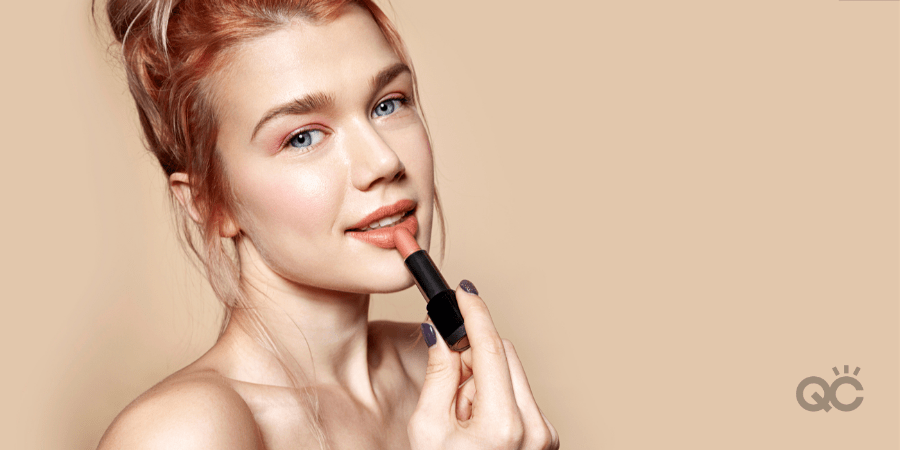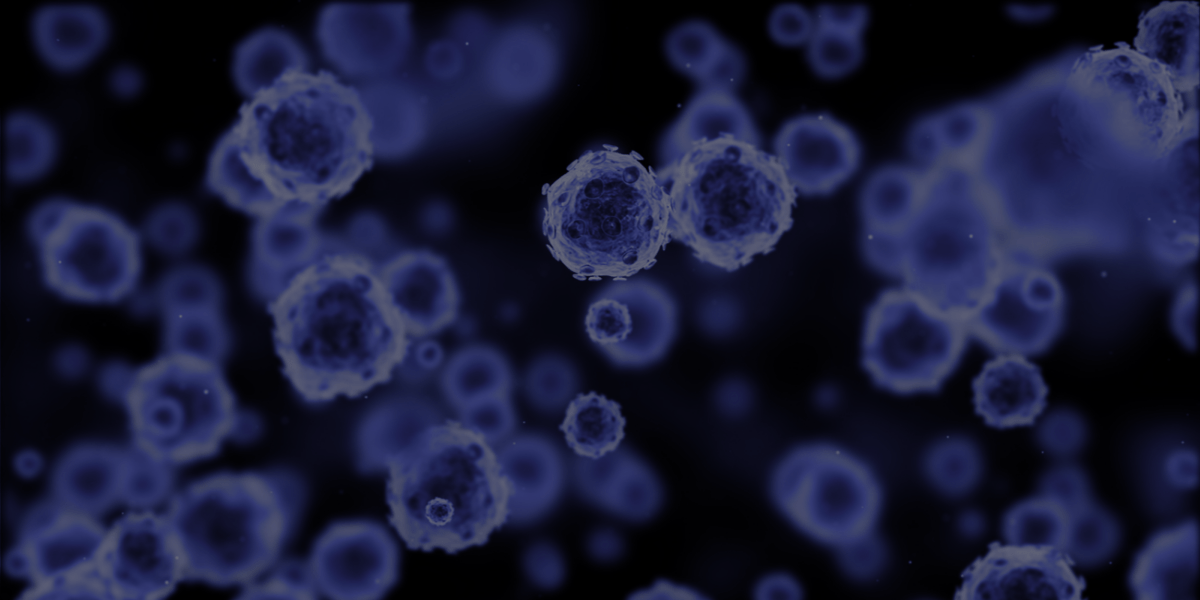We apologize in advance, but you’re about to learn some pretty disturbing information about your makeup tools. If you’re an MUA, the contents of this article are crucial to your career. Nothing will tank your makeup business faster than using dirty products, spreading harmful bacteria onto your client, and potentially getting her sick!
That being said, this is directed just as much at all our fellow makeup lovers out there, too. Being aware of the potential health risks posed by dirty cosmetic products can help assure that you take all the necessary precautions for your health. Your health, at the end of the day, is what matters most.
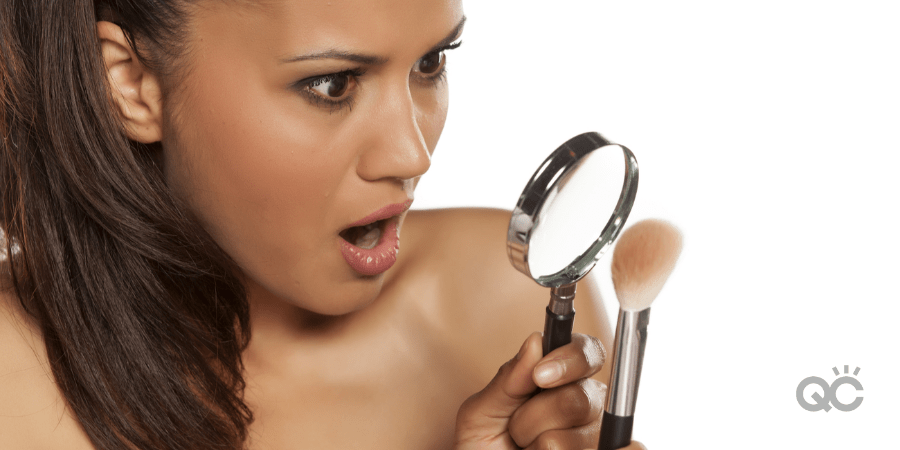
9 out of 10 makeup products are swimming in superbugs
Yes, you heard us right. It’s horrifying, but it’s true. A recent study at Birmingham’s Aston University took a close look at 497 makeup products, made up of the following:
- 96 lipsticks
- 92 eyeliners
- 107 lip glosses
- 79 blender sponges
- 93 mascaras
The results of the study were shocking: of the 497 cosmetics, 70% to 90% were contaminated in some way!
Beauty bacteria
In order for any approved makeup product to be sold to the public, it absolutely CANNOT contain any pathogenic organisms – that is, any organism capable of causing diseases in a person. It’s primarily through how the product is used by people that exposes it to these bad organisms. The most common superbugs known to contaminate makeup tools are:
- Staphylococci aureus
- Salmonella and Citrobacter freundii
- Pseudomonas Aeruginosa
- Escherichia coli – a.k.a. E. coli
In case you didn’t know, that least one is linked directly to fecal contamination. We’ll give you a moment to wrap your head around that one. (We definitely needed it.)
If not properly used, washed, and taken care of, these are the types of germs we’re coating on our skin, packing into our pores, putting on our eyes, and even getting into our mouths. Gross!
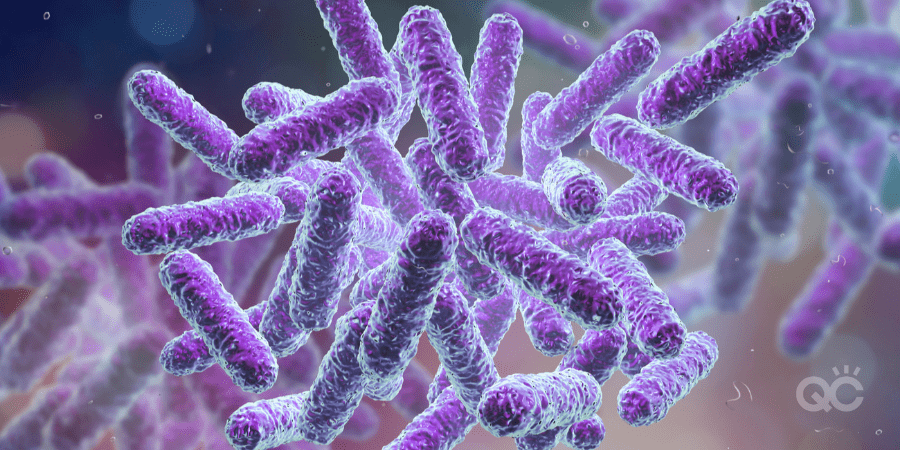
Which makeup product is the worst for bacteria?
Beauty blenders win this by a landslide, unfortunately. The egg-shaped sponges – known for applying and smoothing out foundations and powders – are by far the dirtiest tool of them all. In the UK study, 26% of them even had traces of fecal matter found on them!
Following behind beauty blenders, the other products with the highest bacteria concentration are eyeliner, lipstick, and mascara.
Why the results are so bad
Obviously the natural question following this study is: Why? What’s the reason behind all of this bacteria making a home on our cosmetics? What are we doing when handling our makeup that’s so problematic?
Never cleaning your products
In the Aston University research study, a whopping 94% of beauty blenders had never been cleaned before. Not once! There were similar results in a 2013 study of 44 students in Brazil. There, 93% of the students had also never washed their blender, but continued to use it regularly.
Using a product after it’s been dropped
If you can believe it, it gets worse. What’s worse than never washing your products is dropping them on the floor, not cleaning it, and then continuing to use it anyway! Of that Brazil study group, over half of the students admitted they were guilty of doing this. The results of the Aston University study were startlingly similar, with approximately 50% of the beauty blenders having been dropped and reused, without being washed.
This is highly unsanitary, and opens you up to an army of germs!
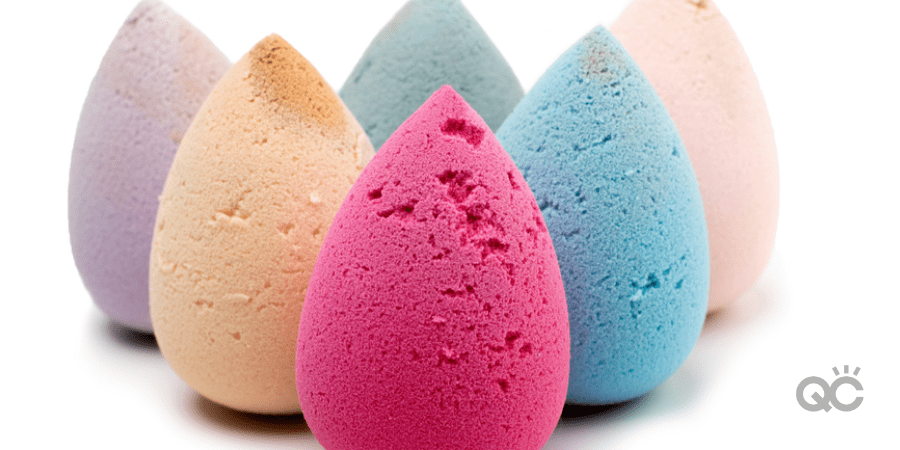
Ignoring the expiry date
Did you know that the lifespan of a beauty blender is only 3 months? Makeup products have an expiration date for a reason. If you use them past that point, you’re putting you and/or your client’s health at risk. Once it’s reached its shelf life, throw it away!
Bodily fluids
Ever coughed or accidentally sneezed while working on a client? Well, there’s a chance that contaminates just got all over the tool and product you’re using. If you don’t take the time to clean or sanitize your tools/products, you’ve likely just transferred bacteria, viruses, and other contaminates onto your client’s skin, eyes, or mouth.
Lipstick touchups
Whether it’s you or your client re-applying some lipstick, stain, or gloss, make sure nothing’s been eaten right beforehand. Otherwise, food particles can get onto the product. That alone is enough to get the ball rolling for all sorts of nasty superbugs! If you’ve just eaten and need to freshen up your pout, make sure to wash your hands and brush your teeth first.
Not cleaning your products properly
Research shows that the higher the water content on the product, the better the chances are of it becoming contaminated. I know what you’re thinking: “But… don’t I NEED water to be able to clean a lot of my products?”
Yep, water and soap. But the third and final step to the cleaning process is often times drying the product, which a lot of people forget to do. This means bad news bears for beauty blenders especially. If you clean your beauty blender with soap and water, and then leave it on its own to dry, you may as well throw it back on the floor.
When air-drying your beauty products, in order to ensure it’s not at risk of germs, try to let the item dry somewhere well-ventilated, on a clean surface, and where it isn’t exposed to or touching anything else. (So basically, don’t throw a wet or damp beauty blender into your makeup kit!)
Another useful tip is to avoid drying your makeup products in the bathroom, as this area and its surfaces can be easily contaminated in many ways.
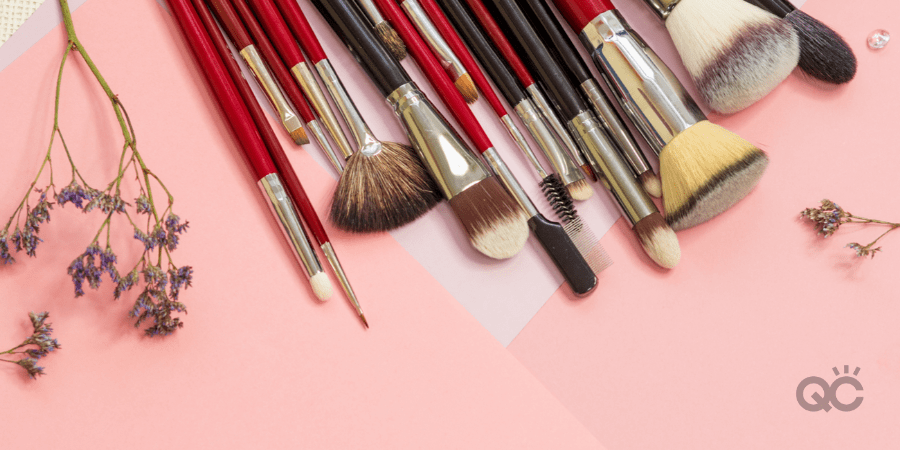
Adding to the problem
A huge part of the issue is that makeup companies aren’t always releasing as much information to us as they could be, especially in terms of how to properly use, maintain, and clean the product. For newer, trendy items such as the beauty blender, there’s even less info for us to rely on.
Dr. Amreen Bashir, who led the study at Aston University, argued that cosmetic brands really need to provide clear instructions; that “more needs to be done to help educate consumers, and the makeup industry as a whole, about the need to wash beauty blenders regularly and dry them thoroughly”. Clearly, there needs to be more effort devoted to regulating the product packaging within the makeup industry.
Tips to keeping things clean
Beyond what makeup companies do, the rest of the responsibility falls on us. So what can we do to try and keep our makeup products germ-free (at least, to the best of our ability)? Here are some helpful tips:
- Always wash your hands AND face before putting on makeup. If making any touch ups later on, wash your hands again. Basically, never touch makeup if your hands aren’t clean.
- Never let anyone else use your products. If you’re a makeup artist, always use new, fresh applicators on all clients. Once used, throw it away immediately. Never use the same applicator on two clients, unless it’s been thoroughly cleaned and properly dried first.
- Don’t double dip with a disposable applicator. Remember, one applicator = one use. If more product is needed, use a fresh/clean applicator.
- Stop using any product once it reaches its expiration date. Again, remember that the expiry date is there for a reason!
- Always keep your makeup products themselves clean and properly stored. If you’re unsure the proper method of cleaning each product, QC offers a wonderful, thorough guide here.
If you’re guilty of a few of these sanitation sins, that’s okay. It’s still the first month of the new decade, so there’s plenty of time to turn things around! What matter is that now you know, so you can work on adopting new and better makeup habits in 2020.
If you’re already taking all of these measures? Hey, we’re proud of you! Use your knowledge to go forth and help protect others from the wrath of all those pesky superbugs. Make the world a better place, one squeaky clean beauty blender at a time!
